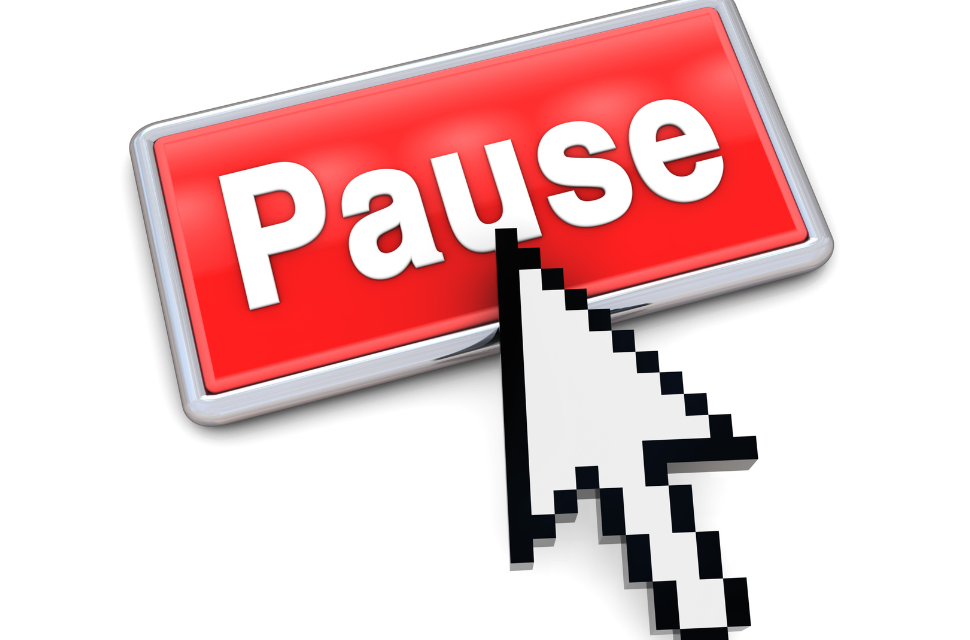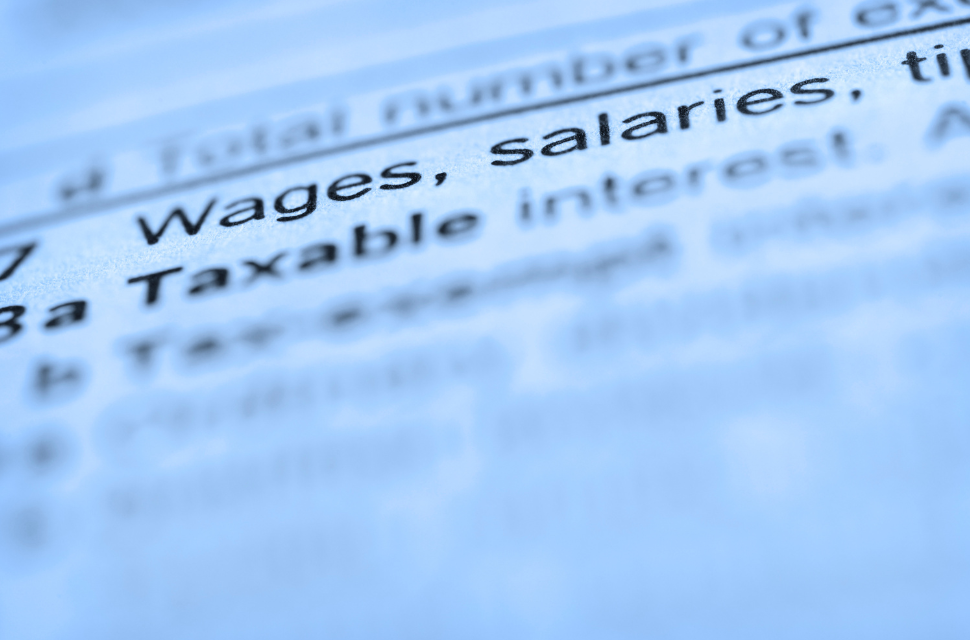
• CryptoFinancial Transaction TaxUnited StatesEE. UU.Wall StreetEl Mundo Financiero

Read More Leer más Join the discussion Participa en la discusión
It seems the New York Times views government data with the same suspicion that people used to view the data disseminated by the Soviet Union in Stalin’s day. It ran yet another piece telling its readers that young people have been priced out of the housing market and may never be able to own a home.
“For most younger Americans, the entree to homeownership, a rite of passage for many adults, has been blocked by forces beyond their control. They have been competing in a market unlike any other, one defined by the largest run-up on home prices in modern history blunted only by the steepest climb in home mortgage rates in decades. As first-time buyers scramble to cobble together money for down payments and closing costs, they are competing in a market with an anemic inventory against investors and repeat home buyers flush with cash.”
The Bureau of Labor Statistics see things somewhat differently. Here’s the picture on homeownership for people between the ages of 25 and 34. It shows the homeownership rate for this group rising from 41 percent in 2019 to 44 percent in 2021.

The quarterly data, which is released by the Census Bureau, shows the homeownership rate for households under age 35 have continued to rise for the first three quarters of 2022. To be clear, the recent run-up in mortgage rates is certainly making it difficult for young people, and everyone else, to buy homes. But this comes against a backdrop of rapid increases in homeownership for young people, as well as Blacks and Hispanics. The assertion in this article, that homeownership has become out of reach for most young people is 180 degrees at odds with the reality.
It seems the New York Times views government data with the same suspicion that people used to view the data disseminated by the Soviet Union in Stalin’s day. It ran yet another piece telling its readers that young people have been priced out of the housing market and may never be able to own a home.
“For most younger Americans, the entree to homeownership, a rite of passage for many adults, has been blocked by forces beyond their control. They have been competing in a market unlike any other, one defined by the largest run-up on home prices in modern history blunted only by the steepest climb in home mortgage rates in decades. As first-time buyers scramble to cobble together money for down payments and closing costs, they are competing in a market with an anemic inventory against investors and repeat home buyers flush with cash.”
The Bureau of Labor Statistics see things somewhat differently. Here’s the picture on homeownership for people between the ages of 25 and 34. It shows the homeownership rate for this group rising from 41 percent in 2019 to 44 percent in 2021.

The quarterly data, which is released by the Census Bureau, shows the homeownership rate for households under age 35 have continued to rise for the first three quarters of 2022. To be clear, the recent run-up in mortgage rates is certainly making it difficult for young people, and everyone else, to buy homes. But this comes against a backdrop of rapid increases in homeownership for young people, as well as Blacks and Hispanics. The assertion in this article, that homeownership has become out of reach for most young people is 180 degrees at odds with the reality.
Read More Leer más Join the discussion Participa en la discusión
• Affordable Care ActHealthcareUnited StatesEE. UU.

Read More Leer más Join the discussion Participa en la discusión
• Economic PolicyGlobalization and TradeGlobalización y comercioInequalityLa DesigualdadUnited StatesEE. UU.WagesWorkersSector del trabajo

Read More Leer más Join the discussion Participa en la discusión
• IMFFondo Monetario InternacionalUnited StatesEE. UU.WorldEl Mundo

Read More Leer más Join the discussion Participa en la discusión
• Economic Crisis and RecoveryCrisis económica y recuperaciónInflationJobsTrabajosUnited StatesEE. UU.Wages

Read More Leer más Join the discussion Participa en la discusión
• COVID-19CoronavirusEconomic Crisis and RecoveryCrisis económica y recuperaciónIntellectual PropertyPropiedad Intelectual

Read More Leer más Join the discussion Participa en la discusión
• InflationUnited StatesEE. UU.Wages

Read More Leer más Join the discussion Participa en la discusión
• BudgetHealth and Social ProgramsLos Programas Sociales y de SaludUnited StatesEE. UU.

Read More Leer más Join the discussion Participa en la discusión
• Economic Crisis and RecoveryCrisis económica y recuperaciónEconomic GrowthEl DesarolloInflationUnited StatesEE. UU.

Read More Leer más Join the discussion Participa en la discusión
